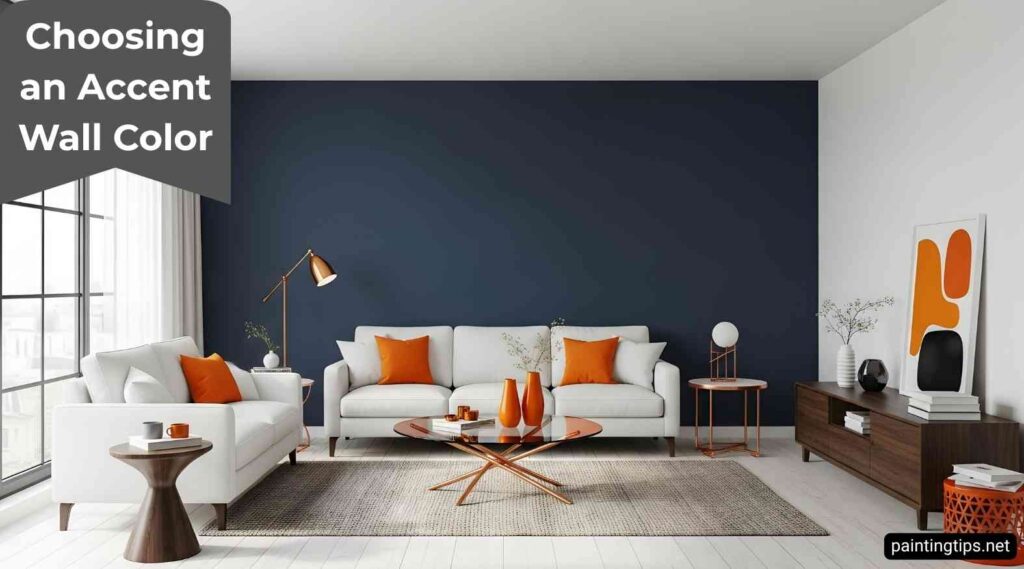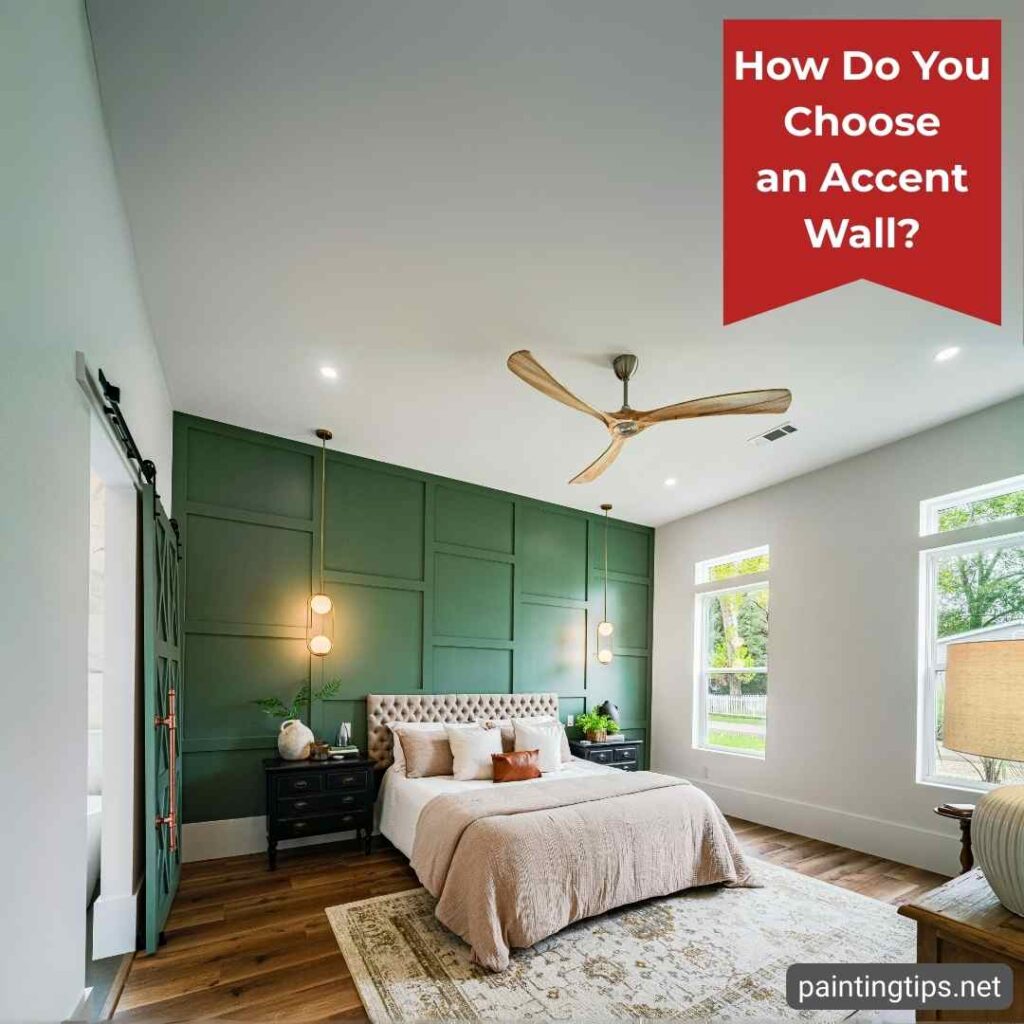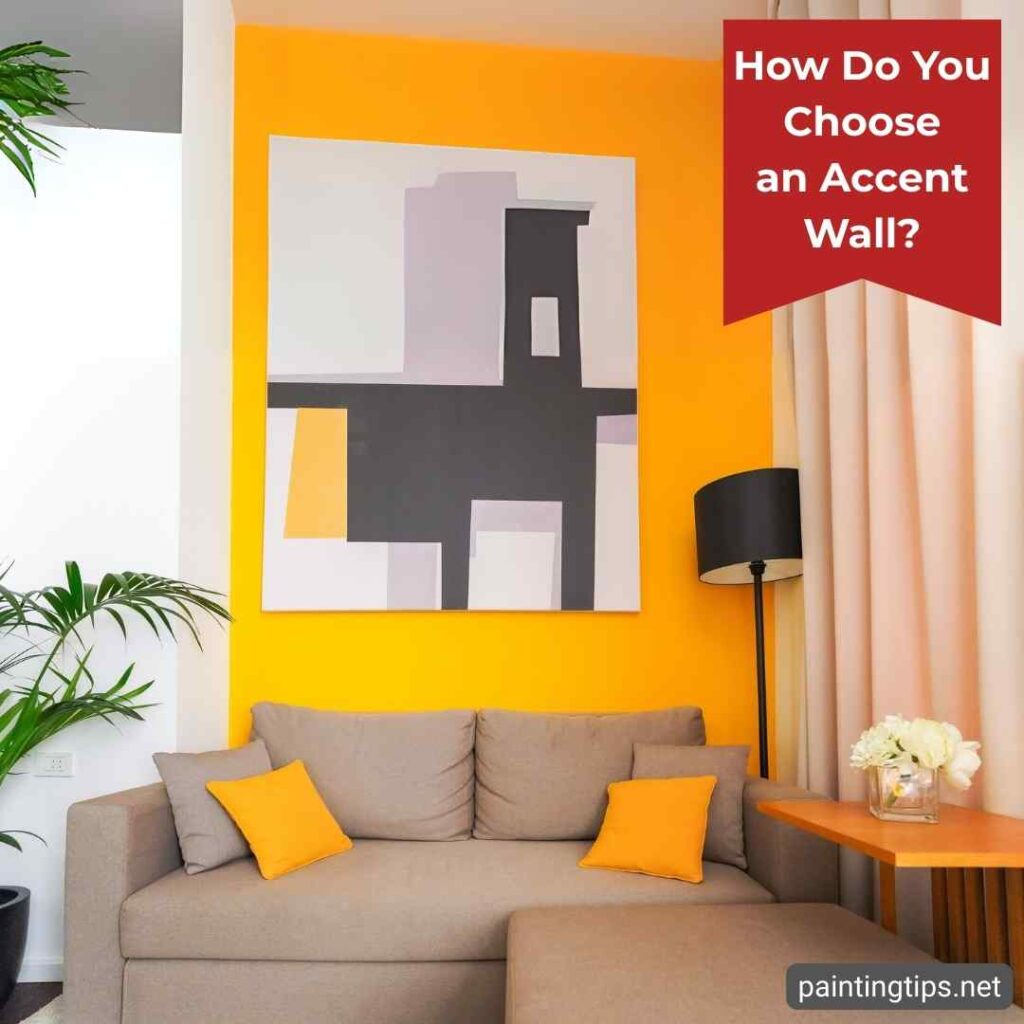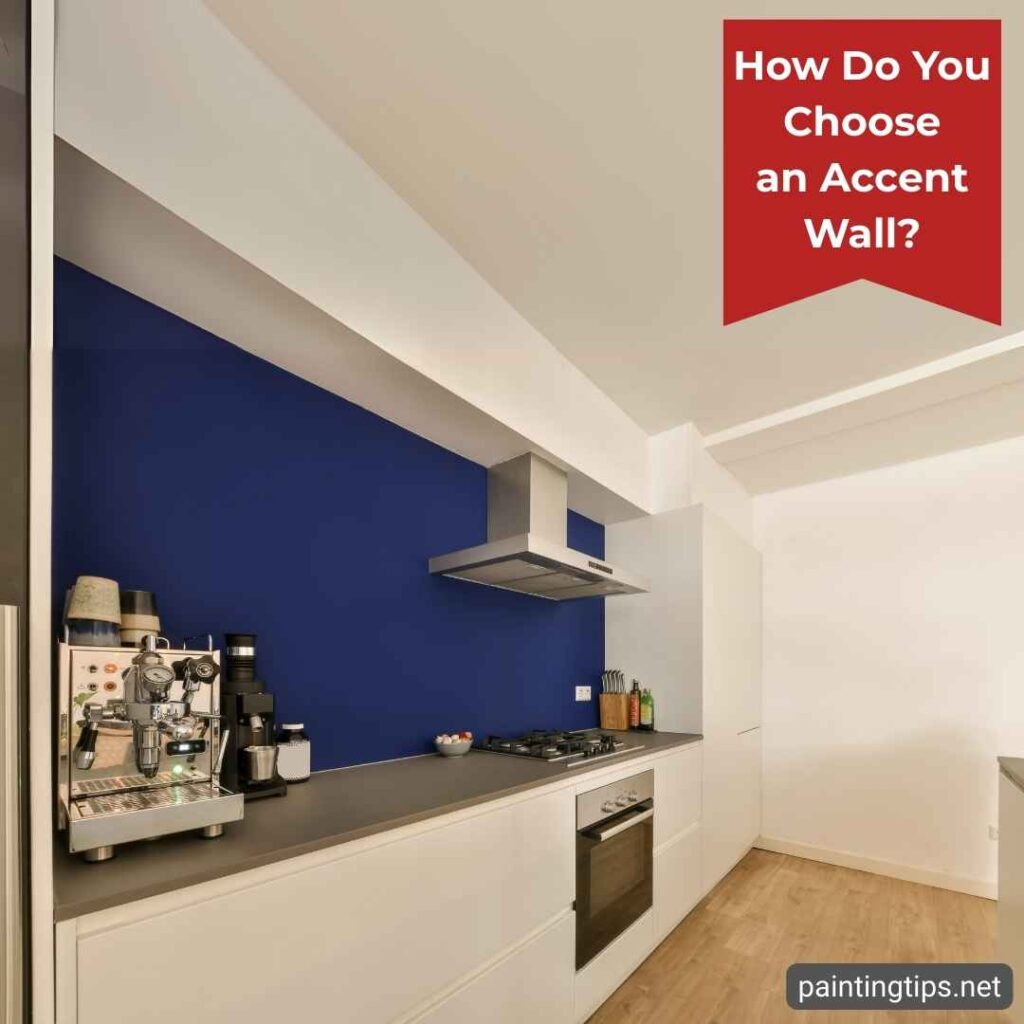Choose the perfect accent wall and you can transform a room without having to repaint everything. Whether you want to add a bold pop of color, create depth, or highlight a specific area, the right accent wall can completely change the look and feel of your space. Choosing an accent wall color is more than just picking your favorite shade—it’s about balancing harmony and contrast, coordinating with your existing décor, and considering the room’s function and lighting.
In this guide, we’ll walk you through everything you need to know about choosing an accent wall that enhances your home beautifully. You’ll find practical color ideas and examples for every room—from the bedroom and living room to the kitchen and kid’s room—as well as tips on whether your accent wall should be darker or lighter, so you can find the perfect shade and placement for your space.
How Do You Choose an Accent Wall Color?

Adding a pop of color to one wall is an easy way to bring character, depth, and personality to any room. The trick is finding a color that feels in harmony with the rest of the space. Ideally, it should blend nicely with your other walls and complement your flooring. Most people go a shade darker than the main walls, but that’s not a rule—sometimes a soft pastel or even a contrasting color can create a surprisingly beautiful effect.
When choosing the right accent wall color, pay attention to the natural light and your furniture. Often, the perfect shade is one that already appears in your décor—maybe from your curtains, throw pillows, or a rug. Some designs even have the surrounding walls darker than the accent wall itself, which can give a layered, bold look.
You don’t always have to stick with paint either. Wallpaper is a great option if you want to add patterns or texture. Another modern idea is to carry the accent wall color up onto the ceiling for a dramatic, cohesive look.
Once you’ve got a sense of the colors and style that might work, it’s time to dive into the details. Below, we’ll break down how to choose the perfect accent wall for different rooms, explore color ideas, and share tips to make sure your accent wall really shines.
1-Consider Your Main Wall Color

The first step is to think about the colors of your other walls. Your accent wall should either complement or gently contrast your main color. For example, light beige or cream walls pair beautifully with warm browns or deep greens, while soft gray walls look great with navy or plum. Avoid colors that clash or overpower the existing palette.
2-Match with Other Walls

Your accent wall should complement the other walls in your room rather than clash with them. The right accent color can add depth, personality, and a focal point to any space. Here are some ideas based on common wall colors:
- White Walls: White walls give you a blank canvas, making it easy to play with bold accent colors. Dark gray, black, navy blue, emerald green, burgundy, or even mustard yellow can create a striking contrast without overwhelming the room.
- Cream or Light Beige Walls: Warm neutrals pair beautifully with rich tones. Consider brown, earthy shades, dark green, coral, or burnt orange to add warmth and dimension.
- Soft Gray Walls: Gray walls are versatile and modern. Deep charcoal, plum, teal, eggplant, or mustard yellow accent walls can make your room feel sophisticated and contemporary.
- Light Blue Walls: For a calm and serene vibe, pair light blue walls with navy, turquoise, silver-gray, or deep purple to create an elegant contrast.
- Light Green Walls: Soft green walls work well with olive, dark brown, cream, or warm yellow accent colors, adding both harmony and visual interest.
- Beige-Cream Mix Walls: A neutral mix like this offers flexibility. Deep browns, burgundy, olive green, mustard, or burnt orange make excellent accent choices, bringing depth and warmth.
Choosing the right accent wall color is all about balance. Look for shades that either complement or gently contrast your main wall color to create a cohesive and inviting space. With the right combination, your accent wall will become the room’s centerpiece.
3-Think About the Room’s Purpose
The function of the room can guide your color choice. For calming spaces like bedrooms, consider muted tones such as soft blues, greens, or grays. For energetic areas like living rooms or home offices, richer or bolder shades like emerald, burgundy, or mustard can add excitement.
3-Balance Bold Colors Carefully
A strong accent wall color can be striking, but too much can overwhelm the space. Stick to one wall and keep the remaining walls neutral or lighter. This helps create focus without making the room feel closed in.
4-Use the Room’s Lighting to Your Advantage

Natural and artificial lighting affects how your color appears. A wall that looks perfect in daylight may appear darker or muted in the evening. Test paint samples on the wall at different times of day to see how the color changes with the light.
5-Coordinate With Furniture and Decor
Your accent wall shouldn’t exist in isolation. Consider your furniture, rugs, and artwork when choosing a color. A well-coordinated wall enhances the overall room design and ties different elements together.
6-Don’t Forget Texture and Finish
Paint finish can influence the final look. Matte finishes feel soft and subtle, while satin or semi-gloss can add depth and reflect light. For some accent walls, textured wallpaper or wood panels can also work beautifully. “You may also be interested in: The pros and cons of wallpaper.”
7-Combine the Ceiling and Accent Wall
For a bold, modern look, consider painting the ceiling the same color as your accent wall. This technique works especially well in bedrooms or living rooms, making the design feel intentional and stylish.
Should Accent Wall be Darker or Lighter?

Whether your accent wall should be darker or lighter depends on the mood and balance you want to create in the room. In most designs, the accent wall is slightly darker than the other walls to create depth and visual contrast. Darker shades naturally draw the eye, making the space feel more defined and highlighting key features like a bed, sofa, or fireplace.
However, a lighter accent wall can work beautifully in smaller rooms or spaces with limited natural light. Lighter tones reflect brightness, making the area feel open, airy, and calm. This approach is ideal for bedrooms, kitchens, or kid’s rooms where you want a softer, more spacious look.
👉 Tip: For living rooms and bedrooms, go darker to add warmth and character. For compact areas or spaces that need more light, choose a lighter accent color to keep things fresh and balanced. The key is ensuring your accent wall color harmonizes with your main wall color, furniture, and lighting for a cohesive, inviting finish.
How to Choose an Accent Wall in a Bedroom

The best accent wall in a bedroom is usually the wall behind the headboard. This placement naturally draws attention to the focal point of the room — the bed. Deep, calming colors like navy, charcoal, or forest green create a cozy, restful vibe. If you want a romantic or airy look, soft pastels like blush, pale blue, or lavender work beautifully. Adding wallpaper with subtle patterns, such as florals or textures, can also bring elegance without overwhelming the space.
How to Choose an Accent Wall in a Living Room

In a living room, the accent wall should draw attention to the room’s main feature, whether that’s a fireplace, an entertainment center, or a large window. If your furniture is mostly neutral, don’t be afraid to go bold with rich colors like dark teal, burgundy, or mustard yellow. In open floor plans, make sure the accent wall color flows naturally into the adjacent areas so the space feels connected. Adding a textured wallpaper or a wooden panel accent wall can also give the room a modern and stylish touch. “Related article: Decor for behind tv.”
How to Choose an Accent Wall in a Kitchen

Accent walls in kitchens aren’t very common, but they can make a big difference. Think about using the wall behind the dining table, the breakfast nook, or even the backsplash area as an accent wall for a pop of color. Bright, cheerful accent wall colors like sage green, sunny yellow, or warm terracotta work especially well in kitchens, complementing cabinets and countertops. For a modern twist, you could also try a bold patterned wallpaper on your accent wall to create a stylish and unique look.”Related article: Best colors for kitchen walls.”
How to Pick Accent Colors for a Kid’s Room

Children’s rooms are perfect for experimenting with a playful accent wall. Pick an accent wall color that matches your child’s personality and interests. Soft pastels on the accent wall can create a cozy, calm space, while brighter shades like turquoise, coral, or lime green bring energy and fun. You can also add themed wallpaper with stars, animals, or geometric patterns to make the accent wall even more exciting. Just make sure the accent wall color works with the furniture and bedding so the room feels balanced and cohesive.
Final Tips
Before you commit to a color, always test paint samples on your wall. Seeing the color in the actual space helps you understand how it really looks with your lighting and furniture.
Think about the mood you want to create. Darker colors tend to feel cozy and intimate, while lighter shades make a room feel open and airy. Choosing the right tone can completely change how the space feels. Try not to use too many bold colors in the same room. Too many competing shades can make the space feel chaotic instead of balanced.
Lighting also plays a big role. Warm and cool bulbs can change the way a color appears, so check your paint samples under different types of light before making a final decision.